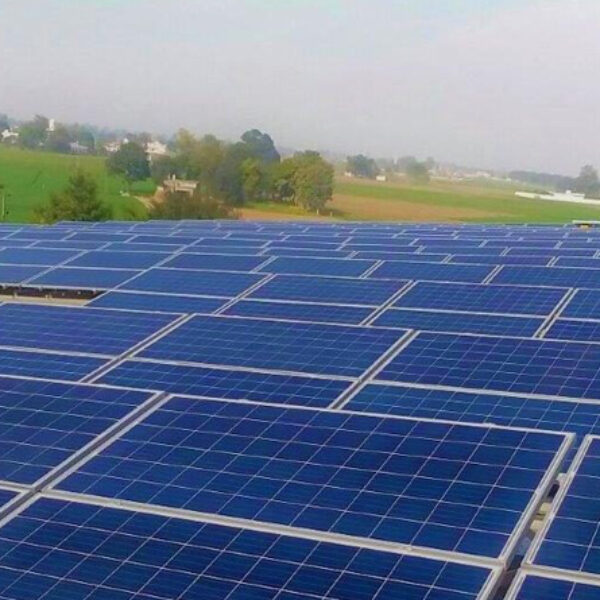Understanding india’s energy supply and demand dynamics
With over 1.3 billion people, India is one of the world’s fastest-growing economies. As the country’s economy expands, the energy demand has surged, leading to a significant gap between India’s energy supply and demand. This energy crisis has resulted in frequent power shortages and blackouts nationwide. To address this issue, India has undertaken several initiatives, including increased investment in renewable energy, enhanced energy efficiency measures, and reforms in the power sector. In this context, understanding India’s energy supply and demand dynamics is crucial to developing effective energy policies and strategies for sustainable development. This Blog explores the different elements that have played a role in India’s energy crisis, examines the interplay between the country’s energy demand and supply, and sheds light on the actions taken by the government to tackle this problem.
The rising population & Its impact on energy consumption


The population of India is growing at an alarming rate, and this has a direct impact on energy consumption. As the population increases, so does the electricity demand. The surge in energy demand has created challenges for India in fulfilling its energy requirements, prompting the government to seek out alternative sources of energy.
The rising population in India is having a profound effect on energy consumption. With more people requiring electricity, there is an increased strain on existing infrastructure and resources. This increases pollution levels, environmental degradation, and consumer electricity bills. Furthermore, it has strained the government’s budget as they are forced to invest in new energy generation sources to meet the growing demand.
Understanding india’s energy supply and demand dynamics
India is one of the largest energy consumers in the world, and its energy supply and demand dynamics are constantly changing. In recent years, renewable energy sources have been gaining popularity in India due to their cost-effectiveness and environmental friendliness. This Blog will explore the current state of India’s energy supply and demand dynamics, with a particular focus on renewable energy sources versus non-renewable sources. We will examine how these two sources compare regarding availability, cost, and environmental impact. Finally, we will discuss potential strategies for increasing the use of renewable sources in India’s energy mix.
India’s current & future energy consumption needs

India’s energy consumption has been steadily increasing in recent years, driven by the country’s growing population, urbanization, and industrialization. According to the International Energy Agency (IEA), India’s energy demand is expected to almost double by 2040, making it the world’s largest contributor to energy consumption growth. In terms of electricity demand, India is expected to become the world’s largest market by 2035, according to a report by the Indian government’s planning commission.
India is undertaking various initiatives to meet its current and future energy consumption needs, including expanding its renewable energy capacity, improving energy efficiency, and exploring new energy sources. In addition, the government is promoting energy efficiency through various policies and programs, such as the National Mission for Enhanced Energy Efficiency (NMEEE).
Exploring potential solutions to meet the growing need
As the need for more efficient and cost-effective solutions to meet the growing demand increases, we must explore potential solutions to help us achieve our goals. From automation and artificial intelligence (AI) to outsourcing and remote work, several options can help your business cost-effectively meet its needs.
You need to understand the potential solutions available and how they can be used in different contexts. Automation, AI, outsourcing and remote work are all viable options businesses should consider when meeting their growing needs. Understanding these potential solutions lets us decide which ones benefit your business objectives most.






